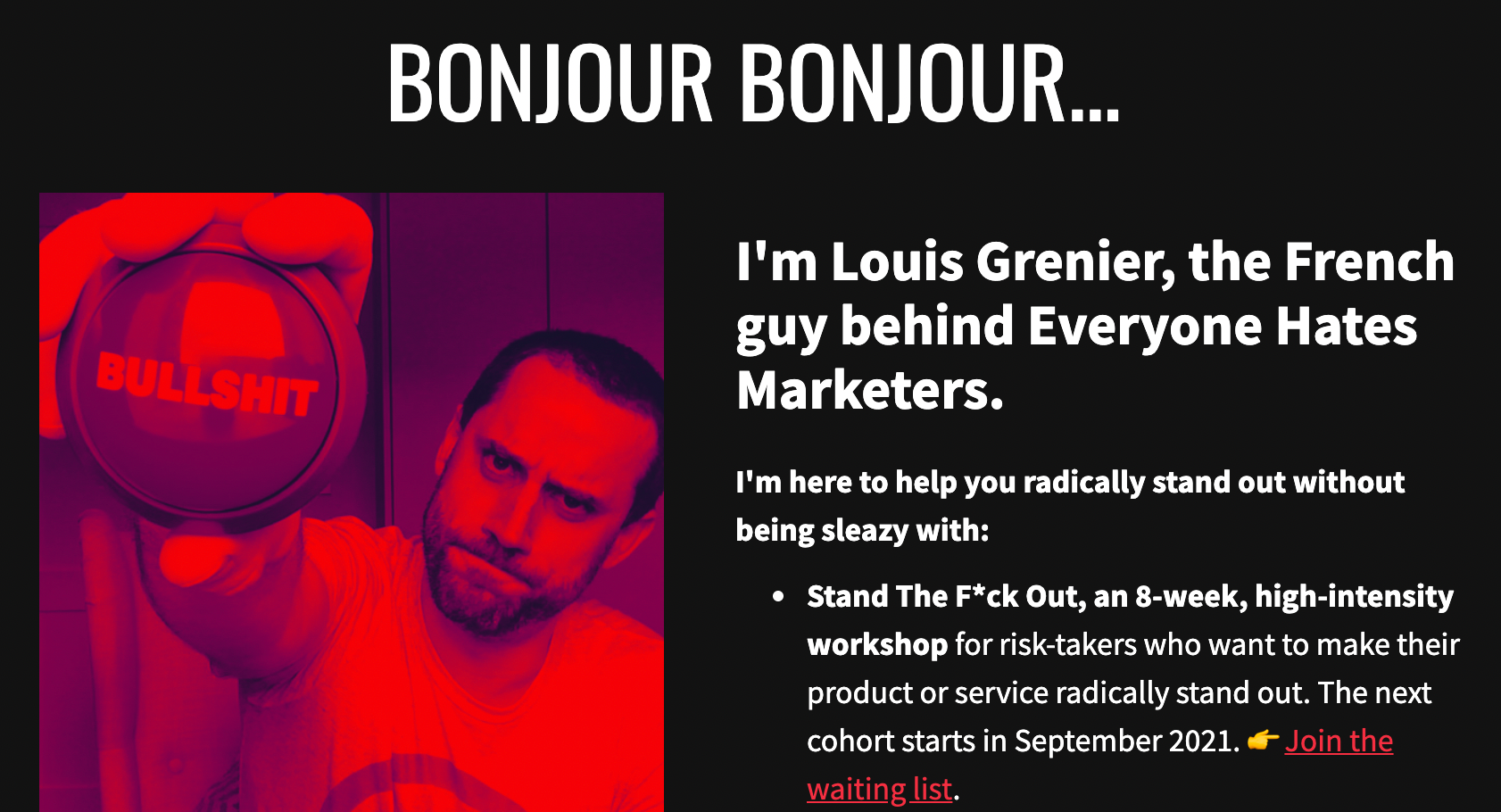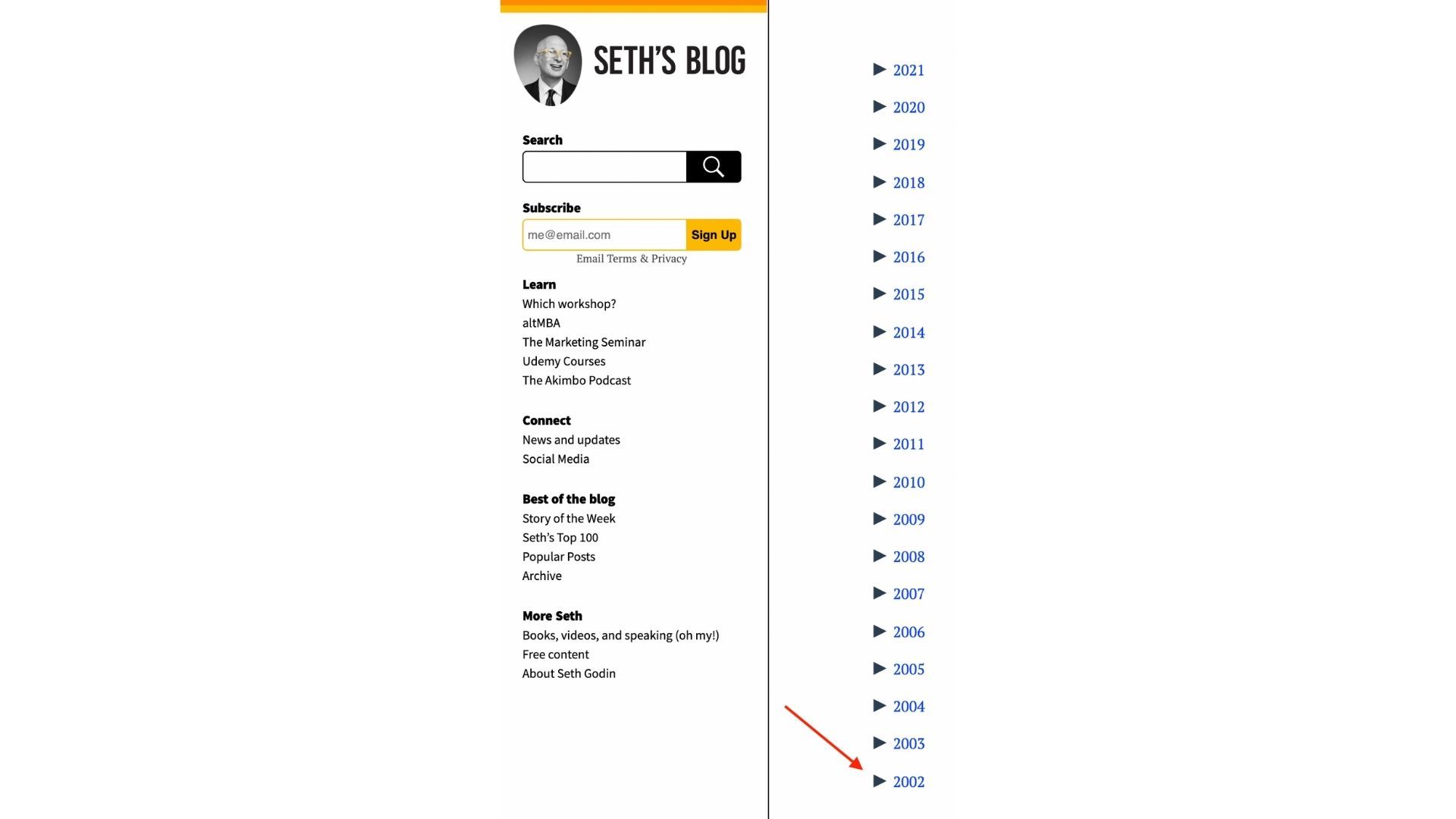The strategy successful creators use to build trust with customers
People do business with people they know, like, and trust. Become that person for your audience.
Trust is the lifeblood of a successful business.
Before a customer takes any action, such as subscribing to a newsletter or buying a product, they look for reasons why they should trust you.
If you succeed at this step, you'll build a devoted audience that both makes you money (because they're willing to take action) and saves you money (because retaining customers is ten times cheaper than acquiring new ones).
How trust is communicated
Trust is a byproduct of clear communication.
Every interaction a potential customer has with your brand will either increase or decrease the trust they feel towards it. From the images you share, to the copy on your website, to what they read about you online all come together to shape whether they consider you a trustworthy creator.
The good news is that the most important building blocks of trust are within your control. By implementing the following four steps, you’ll be on your way to growing a trusted brand and a thriving business.
Step 1: Show customers who you are
“We have to dare to be ourselves, however frightening or strange that self may prove to be.” — May Sarton
The first step to building trust with customers is to tell them who you are. This advice might sound oversimplistic, but many creators communicate too little about what makes them unique.
When thinking about what to include, here are a few categories to keep in mind.
- Credentials — Do you have professional certifications, college degrees, or other qualifications that make you uniquely equipped to address a specific topic? Never assume what people know. Explicitly share these items along with why they matter.
- Ability — What have you already accomplished that makes you worth listening to? What failures have you overcome to get to where you are today? The fitness industry excels in this category (e.g., before and after weight loss pictures). By showing others the journey you’ve been on, you invite them to become a part of it going forward.
- Authenticity — One mistake many creators make is they try to mold themselves into the icons they look up to. However, part of the reason those people succeeded in the first place was that they didn't sound like everyone else around them. Don't be afraid to show your gifts, imperfections, and opinions.
Louis Grenier of Everyone Hates Marketers is an excellent example of how to effectively communicate who you are. On their newsletter about page, a few elements stand out:

- Grenier is French and occasionally sprinkles in French language in writing.
- They include swearing in their copy, which draws in like-minded readers while expelling those who do not care for it.
- The black, white, and red color scheme used across the brand communicates the same intensity found in their communication style.
As an action for step one, think through what details you can add or change on your website to better communicate who you are.
Step 2: Emphasize who already trusts you
Which of the following two scenarios are more likely to get you to try a new restaurant:
- You receive an advertisement for it in the mail explaining their menu OR
- A friend tells you they tried their food and loved it.
For most people, scenario two wins by a longshot. That's because it's a human trait to rely on the judgments of others when making decisions.
Creators and business owners can tap into this element by using social proof.
Some of the most common forms of social proof that help build trust are:
- Numbers that show how big your email list is or how many customers you've served
- Recognizable logos representing the companies you’ve helped
- Reviews from real people telling specific, positive stories about your product or service
- Images that convey your reputation (e.g., speaking on stage) or familiarity (team members or customers who visitors can identify with)

For individuals who are newer to this space and may not have large numbers or a library of experience to help communicate their trustworthiness, one strategy is to share images that combine the personal and the professional, such as pictures of you with recognizable figures or family members.
This tactic can help you grow an initial audience by highlighting who already trusts you so that you can apply additional forms of social proof as you grow.

Step 3: Demonstrate your value
Up until this point, you’ve leveraged trust elements to get potential customers to take the first step, which, in most cases, is subscribing to your list.
Going forward, the relationship between you and your audience is much more linear. Now is your chance to prove your trustworthiness to them directly.
How do you accomplish this?

While the value proposition and content you offer will be unique, the principles undergirding why people trust it remain the same.
- Create high-quality content and products consistently.
- Keep every promise made to customers.
- Build relationships by doing non-scalable things like writing thank you notes, hosting 1:1’s with your most dedicated fans, and solving issues quickly.
- Act like a professional in how you onboard, handle blunders, and treat people.
The Browser is a newsletter loved by thousands of subscribers because they are particularly good at keeping their promises. They promise to deliver “five outstanding stories” that readers have likely not seen before. Every day, like clockwork, they deliver exactly that in a clean, professionally designed format.

Set the expectations for your customers and then meet or exceed those expectations every single time. If you can do that, you will earn their trust.
Step 4: Stay in the game
“A finite game is played for the purpose of winning, an infinite game for the purpose of continuing the play.” ― James Carse
People often equate longevity with dependability. The longer something has been around, the more likely it is to be around in the future (aka the Lindy Effect).
This can give patient creators an unfair advantage over the long haul. Brands and businesses that incorporate sustainable practices with long-term vision offer their customers a strong reason to trust them.
James Carse writes about this strategy in their book Finite and Infinite Games. Makers with a finite view build projects based on a definite finish line (such as a revenue level) and often hurt their brands or customers in an attempt to reach it. By taking an infinite view, the goal becomes the “game” itself: making a great product, serving people, changing an industry.
Think marathon, not a sprint.
Marketer Seth Godin is one of the best examples of an infinite game mindset. Godin has published an average of one blog post per day on their site for nearly 20 years straight. This long-term consistency is why they’re such a highly trusted expert.

Trust is currency
People are smart. They can tell when a person is authentic or when they're merely trying to manipulate someone for their own gain.
If you ever find yourself stuck with how to implement any of these tips, take an audit of the businesses you frequent. How did they earn your trust, and how have they kept it?
Here are the four steps once again that will help you build trust with your customers:
- Step 1: Show customers who you are
- Step 2: Emphasize who already trusts you
- Step 3: Demonstrate your value
- Step 4: Stay in the game
Trust is the currency of relationships and every business, even fully digital ones, is built on solid relationships. Be real, do good, and you’ll reap the rewards trust offers.







